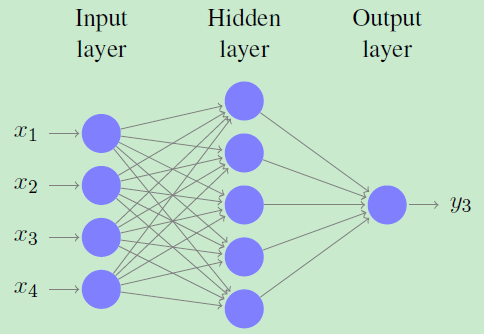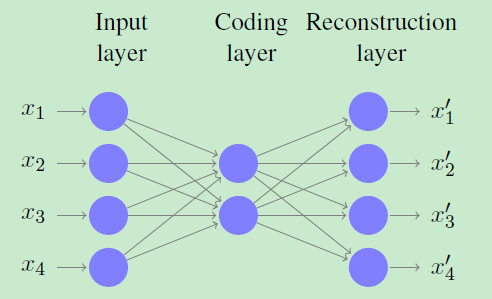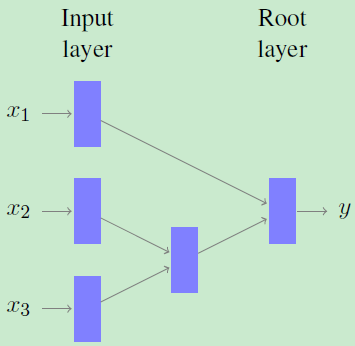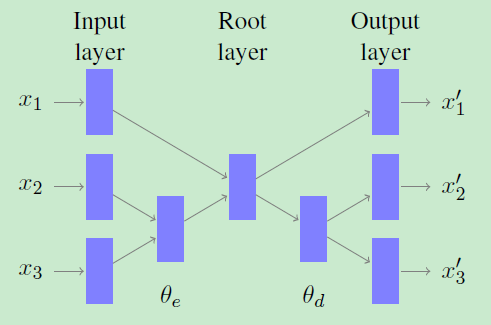Kågebäck M, Mogren O, Tahmasebi N, et al. Extractive Summarization using Continuous Vector Space Models[C]// Cvsc at Eacl. 2014.
##Abstract
- Using continuous vector representations for semantically aware representations of sentences as a basis for measuring similarity.
连续向量表示法在句子语义感知表征中的应用
实验证明该框架的表现很好
##Introduction - word embedding
知乎对word embedding的总结
CSDN对词嵌入的简述 - Submodular Optimization
模型优化
收益递减性质,来源于直觉,即把一个句子加到一小句子(即摘要)中比把一个句子加到一个更大的一个集合上做出的贡献更大。 - This objective function can be formulated
as follows:
where S is the summary, L(S) is the coverage of the input text, R(S) is a diversity reward function. The lamada is a trade-off coefficient that allows us to define the importance of coverage versus diversity of the summary.——NP-hard - if the objective function is submodular there is a fast scalable algorithm that returns an approximation with a guarantee.
- The weights Sim(i, j) used in the L function
where tfw,i and tfw,j are the number of occurrences of w in sentence i and j, and idfw is the inverse document frequency (idf ) of w.
句子的相似性是通过tf-idf 高度重叠的词来计算的,但下面这种情况会被认为没有相似性:
“The US President” and “Barack Obama”
本文提出we will investigate the use of continuous vector representations for measuring similarity between sentences
##Background on Deep Learning - Feed Forward Neural Network(FFNN)
FFNN四输入神经元,一个隐藏层,和1个输出神经元。这种架构是适合一些数据X∈R4(四维空间)的分类,但根据输入的数量和复杂性,隐藏层的尺寸应相应缩小。
神经元是分层结构的,只允许连接到后续层。该算法与用非线性项进行logistic回归相似。
- 线性回归,逻辑回归等
回归问题介绍(详细)
线性回归浅谈 - An auto-encoder (AE), is a type of FFNN with a topology
designed for dimensionality reduction(是一种拓扑设计的降维FFNN)
图中显示了一个自动编码器,它将四维数据压缩成二维代码。这是通过使用一个称为编码层的瓶颈层来实现的。
The input and the output layers in an AE are identical(输入层和输出层是一样的)
- Recursive Neural Network递归神经网络
RNN is a type of feed forward neural network that can process data through an arbitrary binary tree structure
递归神经网络结构使可变长度输入数据成为可能。通过对所有层使用相同的维数,任意二叉树结构可以递归处理。
输入数据被放置在树的叶节点中,并使用此树的结构将递归引导到根节点。在树上的每个非终结节点递归计算压缩表示,在每个节点上使用相同的权重矩阵。更确切地说,可以使用以下公式:
##Word Embeddings
Continuous distributed vector representation of
words, also referred to as word embeddings
一个词的嵌入是一个连续的向量表示,它捕获单词的语义和句法信息。可用来揭示单词之间的相似性
计算word embedding方法:
- Collobert &Weston CW vector
- Continuous Skip-gram 提出的方法: Word2Vec
##Phrase Embeddings
where xp is a phrase embedding, and xw is a word embedding. We use this method for computing phrase embeddings as a baseline in our experiments
-Unfolding Recursive Auto-encoder
unfolding RAE的结构,在一个三字词([x1,x2,x3])上。 使用权重矩阵seta(e)对压缩表示进行编码,而使用seta(d)对表示进行解码并重构句子
##Measuring Similarity
短语嵌入为句子提供了语义意识表示。 为了总结,我们需要测量两个表示之间的相似性,并将利用以下两个向量相似性度量。 第一个相似性度量是余弦相似度,转换为[0,1]
其中x表示短语嵌入。第二个相似性是基于欧几里得距离的补充,并计算为:
##Conclusion
本文的研究结果表明在词汇和词组嵌入方面有很大的应用潜力。 我们相信,通过使用嵌入,我们转向更多的语义意识汇总系统。












